 The street, named after the Kazakh scholar, Shokan Ualikhanov,with the length of about 3.5 km, is in the Northwestern part of the city between Pushkin Street and Kunaev Street and runs from Rayimbek Avenue to Satpayev Street.
The street, named after the Kazakh scholar, Shokan Ualikhanov,with the length of about 3.5 km, is in the Northwestern part of the city between Pushkin Street and Kunaev Street and runs from Rayimbek Avenue to Satpayev Street.
Shokan Chingisovich Ualikhanov (1835-1865), the great Kazakh orientalist, historian, ethnographer, geographer, folklorist, translator, journalist, and traveler was born in 1835 in the fortress Kushmurune near Kostanay.
The boy’s childhood passed in a family estate of his grandmother, Ayganym, in Syrymbet. His father was a Chingis, a Senior Sultan; his grandfather was Uali Khan; his great-grandfather was Abylai Khan.
At the age of twelve Ciocan entered the Siberian Cadet Corps in Omsk, which was the best educational institution in Siberia at the time. At the Cadet Corps, he studied with enthusiasmand in two or three years he caught up and surpassed their peers in knowledge.
In 1852, Shokan met the Orientalist, I.N.Berezin, and at his request, he wrote the article ‘Khan’s labels of Tokhtamysh.’ It was his first scientific paper. When Shokan was about 14-15, the teachers said that he would be a scientist.
In 1853, Shokan graduated from the Cadet Corps, and with the rank of cornet,he enlisted as an adjutant of a governor-general of the Steppe, G.H. Gasfort. The young,precocious and educated Kazakh was noticed by the Russian intellectuals, writers and poets A. Maykov, F.M. Dostoevsky, V. Kurochkin, a scientist-orientalist, K.K.Gutkovskiyand the others,living in Omskby a twist of fate.
Shokan Ualikhanov took part in the fate of the exiled writer-Petrashevets, the future classic of the Russian literature, F.M. Dostoevsky, and helped him with an early release from exile. At the service of the governor-general, he studied history, ethnography, literature, and culture of the peoples of Central Asia, traveled to Central Kazakhstan, Zhetysu, Tarbagatai, collected the materials and wrote thearticles on the history of the steppe, about the Kazakhs’customs, traditions, and religion.
In 1856-1857, Sh. Ualikhanov made the research and ethnographic expedition to Zailiysky Kyrgyz and to theauls of the Elder Zhuz in Kul’dzha, where he acquainted with the history of Dzungaria. During the trips, he wrote the famous ‘Sketches Dzungaria,’‘Notes on the Kirghiz,’‘About the genres of the Kazakh folk poetry,’‘The diary of a trip to Issyk-Kul’, ‘Tales and Legends of the big Kirgiz-Kaisak hordes’ and the other works, which were the basis of a fundamentally new look at the Kazakhs, their culture and literature. These essays and articleswere highly appreciated by the Russian scientists.
Another result of these trips was the fact that Shokan acquainted with some of the great chapters of the Kyrgyz epic ‘Manas’, wrote them down, analyzed, translated into the Russian, showed that ‘Manas’ is an outstanding work of the Eastern oral traditions of the Kyrgyz folklore. Shokan said, that‘Manas’ was‘The steppe ‘Iliad’and the continuation of ‘Manas,’- the poem ‘Semetei,’he named‘The Eastern ‘Odyssey. ’Therefore, some chapters of ‘Manas’ were published in the Russian for the first time in the world.
The famous traveler, P.P. Semenov-Tyan-Shanskiy, met Shokan in Zhetysu –Semirechye, and consulted with him about the destinations of this land. On his recommendation in 1857, Shokan became a full member of the Russian Geographical Society
In 1858-1859, Ciocan, for his short life,made the most important trip to Kashgar. Under the name of the merchant Alymbay, shaved his head and changed his appearance, Ciocan and his companions got into Kashgar, where he lived for five months. He managed to unravel the mystery of the death ofan English traveler, Adolf Schlagintweit, whohad come to Kashgar from India a few months before him,and who was killedby the local feudal lord,Yakub Beg. The scientist took from Kashgar many interesting statistics and historical data, published in ‘Notes of the Russian Geographical Society’ in two articles: ‘Sketches Dzungaria’ and ‘Description of Kashgar or Altyshaar.’Altyshaar, more correct Altyshahar,that is‘six cities,’ in those days, the East Turkestan, a previously unknown state of the European geographical science,was so called.
Returning from Kashgar to Omsk, Ualikhanov was greeted as a hero, who explored unknown lands, was encouraged, and directed to St. Petersburg, where he had a meeting with the tsar, at which the emperor marked his special merits before Fatherland. Unfortunately, in St. Petersburg, Shokan stayed only a few months and because of illness,he went back to his homeland.
Back in the steppe, Shokan decided to leave the service, and decided to run in elections as a volost in order to try to better his people lot. However,the local authorities manipulated the election results, and being hurt with injustice, he went south to his cousin Sultan Tezek, where he died of tuberculosis soon.
In 1904, the Russian Geographical Society published a book by Shokan Ualikhanov, and in its preface, the Academician, N. I. Veselovsky, wrote the following: ‘As a brilliant meteor,a descendant of the Kazakh Khans flashed over the field of Orientalism and at the same time Shokan Chingisovich Ualikhanov was an officer of the Russian army. The Russian Orientalists recognized unanimously that he was aphenomenon, and they expected the great and important revelations about the fate of the Turkic peoples from him, but Shocan’s premature death deprived us of the hope …’
For his short life, Shokan Ualikhanov managed to write the significant works. His literary and scientific work consists of five volumes.
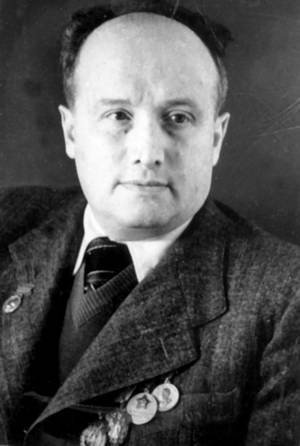
 Street named after Y.G. Burisilovsky runs from north to south almost through the center of Tastak microdistrict in Almaly district of Almaty city. It found its present name only in the period of the sovereignty of our country, and until the middle 1990s, this street was named after Lev Rudnev.
Street named after Y.G. Burisilovsky runs from north to south almost through the center of Tastak microdistrict in Almaly district of Almaty city. It found its present name only in the period of the sovereignty of our country, and until the middle 1990s, this street was named after Lev Rudnev.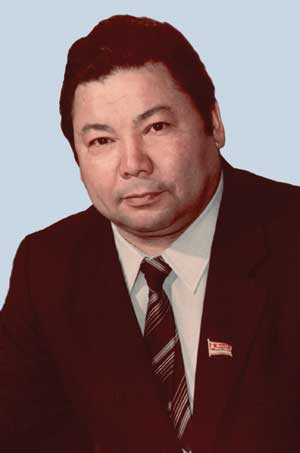

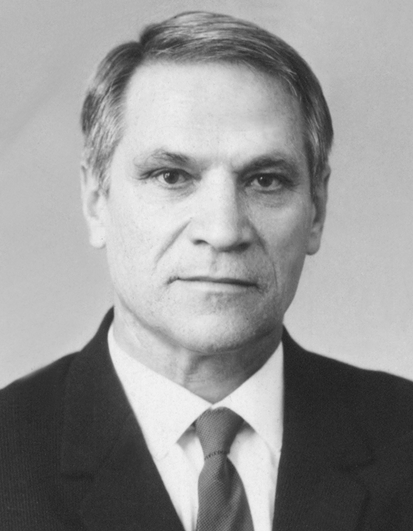

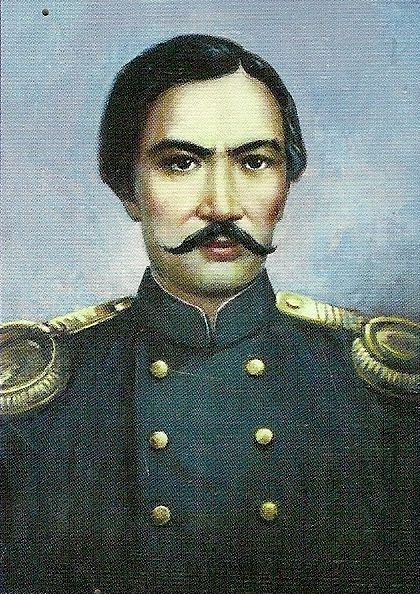

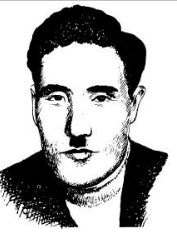


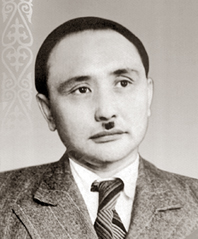



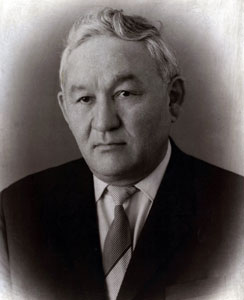

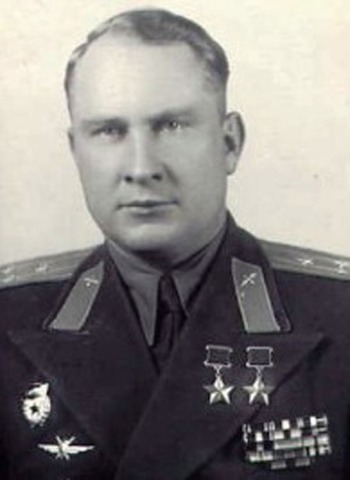

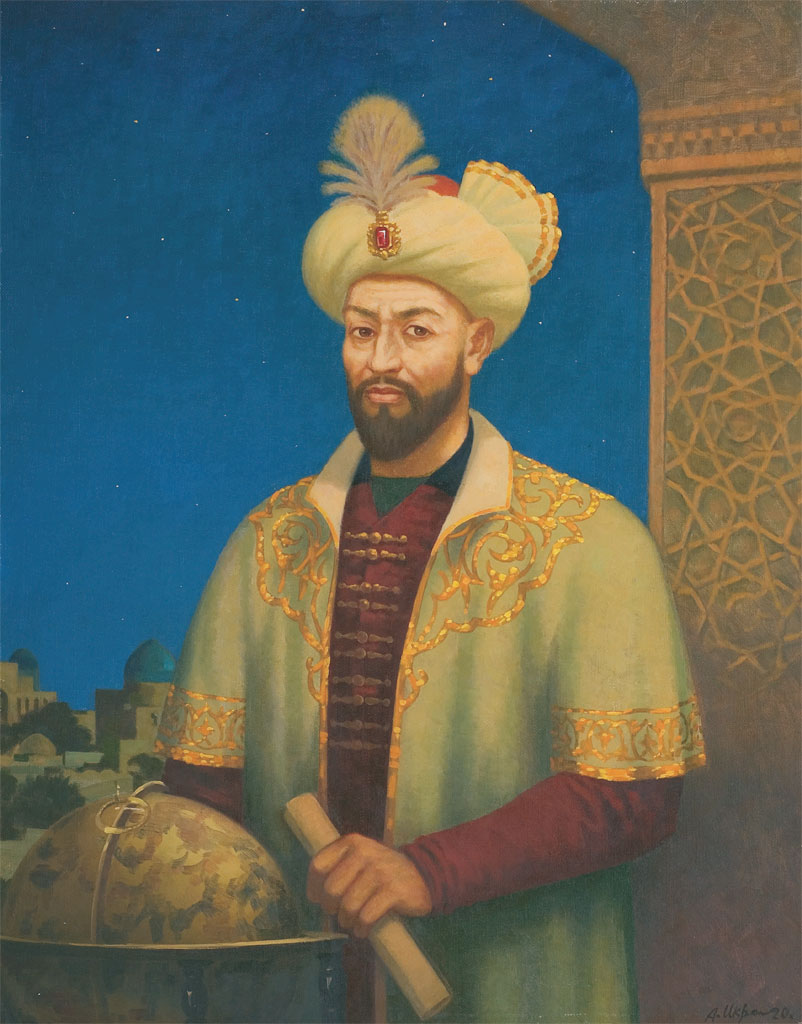

Recent Comments